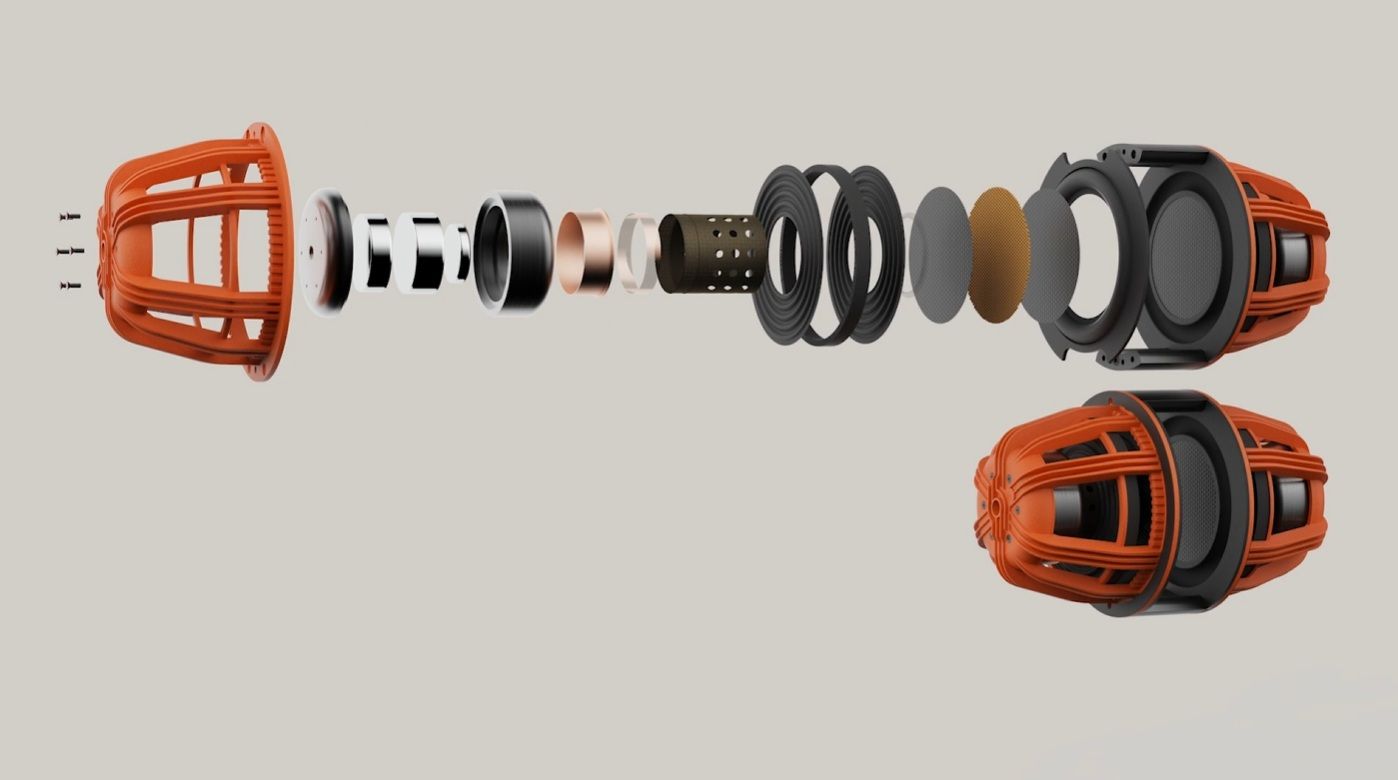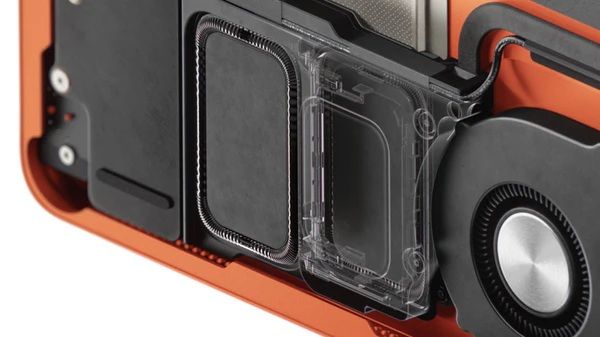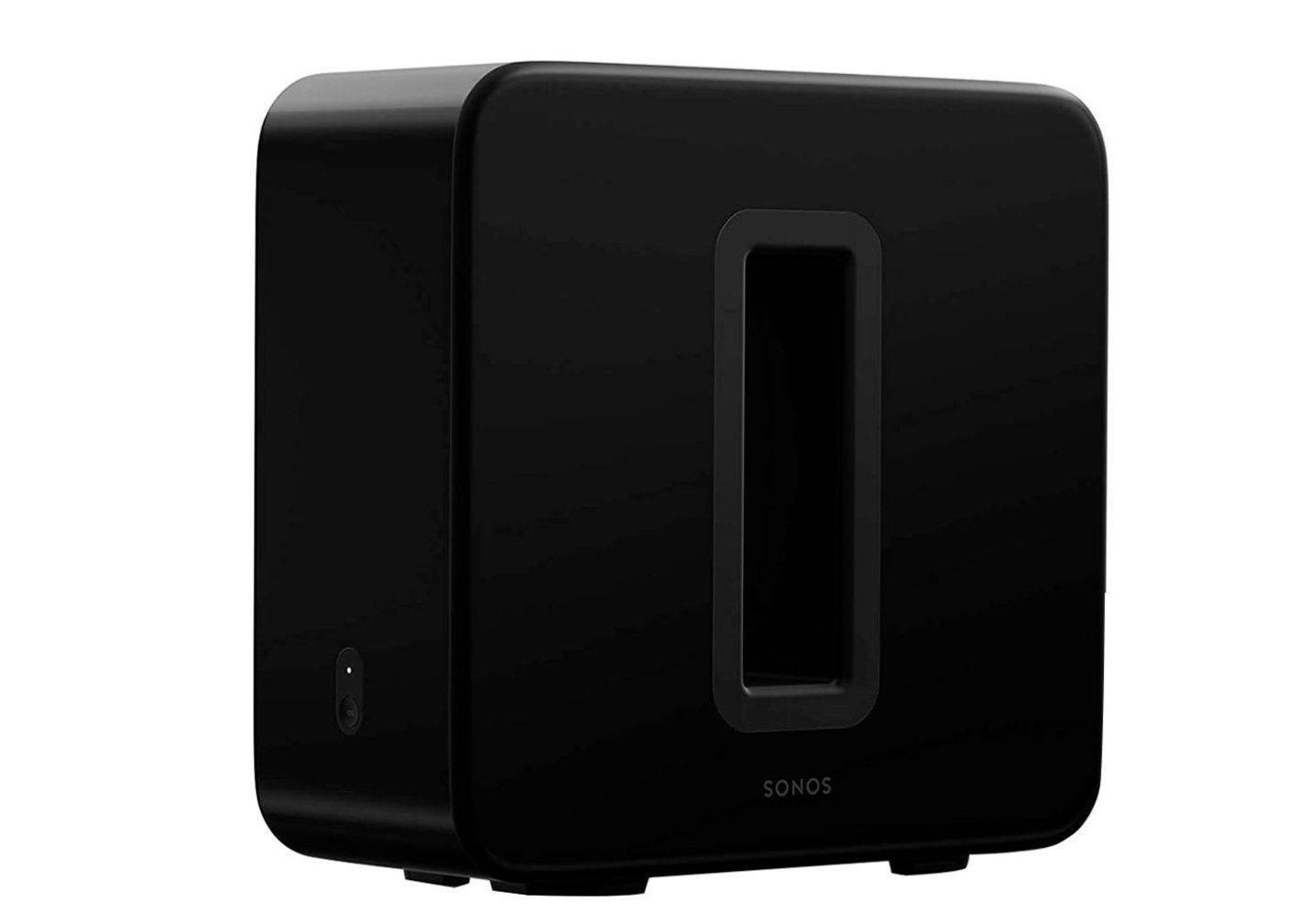Summary
- Force-canceling subwoofers work in pairs to cancel out vibrations for clearer bass tones.
- They reduce vibrations in enclosures, allowing for more flexibility in speaker placement.
- Worth the price for space-constrained devices or high-end home theater setups seeking premium audio quality.
You may have read the term “force-canceling subwoofers” in the specification sheets of some sort of device like a laptop or Bluetooth speaker, but what does that mean? Is this just another cool-sounding marketing term, or is this subwoofer design worth paying for?
Force Canceling Works in Pairs
“Force canceling” goes with “subwoofers” because you always need at least two of them to make it work. These low-frequency speakers are aligned in opposition to each other, and then wired so that they play in perfect unison but in opposing directions.
Because they each create the exact same mechanical forces in their enclosures, at the exact same power level, these forces end up canceling each other out.
Here’s an exploded diagram of the Monitor Audio Hyphn
It Only Leaves the Good Vibration
Theoretically, these “push-push” subwoofer systems significantly reduce or eliminate vibration in the speaker cab or other enclosure. Leaving only the pure bass tone itself. You don’t want the whole speaker cabinet to rattle and make sound after all. This is one of the limiting factors with subwoofers, where you end up getting what sounds like sound distortion when the volume gets past a certain point, but it’s not actually the fault of the bass driver itself.
This gives you more options when it comes to placing your sub, since you don’t have to worry as much about mechanical forces from the cabinet affect things near and around the speaker. You might even get a power efficiency boost, since the drivers themselves don’t have to deal with extra mechanical forces that could interfere with their operation.
It Works Great in Laptops and Big Speaker Cabs
Force-canceling subwoofers work well in specific scenarios. Ironically, two of the prime places are at the opposite ends of the spectrum. Ultraslim laptops and tablets have basically no room for speakers on the inside, and if you try to add bass frequencies you get a device that buzzes and rattles. So, you’ll find tiny force-canceling speakers in high-end devices. My current M4 MacBook Pro features force-canceling woofers, and they are very effective. With clear, pure bass tones even at high volumes. Well, high volumes for a laptop.
Likewise, modern iMacs also use this method to produce great audio without the whole screen vibrating like a T-Rex is walking by.
On the other end of the scale, big speaker cabinets can really rattle, and even start walking across the floor when you crank the bass. These large speakers work with much higher power levels, and the big flat sides of a speaker cabinet can become a big noisy sounding board if you aren’t careful. Using a force-canceling arrangement can mean the difference between being able to use that power, or having to keep the volume down and wasting the performance you ostensibly paid for.
Is It Worth the Price?
Force-canceling woofers (like the almost $800 Sonos pictured above) are more expensive than regular woofers for a number of reasons. For one thing, you’re buying two speakers instead of one. Another factor is that the construction is more complex, and the materials are often better and stronger to deal with the physics of this arrangement. Whatever the specifics, this woofer configuration is associated with premium audio and premium products that contain speakers.
In my opinion, when we’re talking about space-constrained devices like laptops, all-in-one PCs, thin displays with built-in speakers, sound bars, and portable Bluetooth speakers, it’s absolutely worth it. I’ve experienced enough small devices that buzz and distort if you try to get any usable bass frequencies from them that I appreciate anything to address this problem.
Likewise, in dedicated, higher-end home theater setups where you’re pushing the wattage, I think it’s worth considering these force-canceling subs to avoid unnecessary buzzing and vibration in movie scenes that are bass-heavy.
Then again, in a home theater setup where you’re just looking for “big boom” experiences where nuance and a bit of rattle doesn’t matter much, you might as well skip it and allocate your budget elsewhere.
Ultimately, if pure bass tones with great clarity and little or no rattle matter to you, then this speaker design is the way to go.







